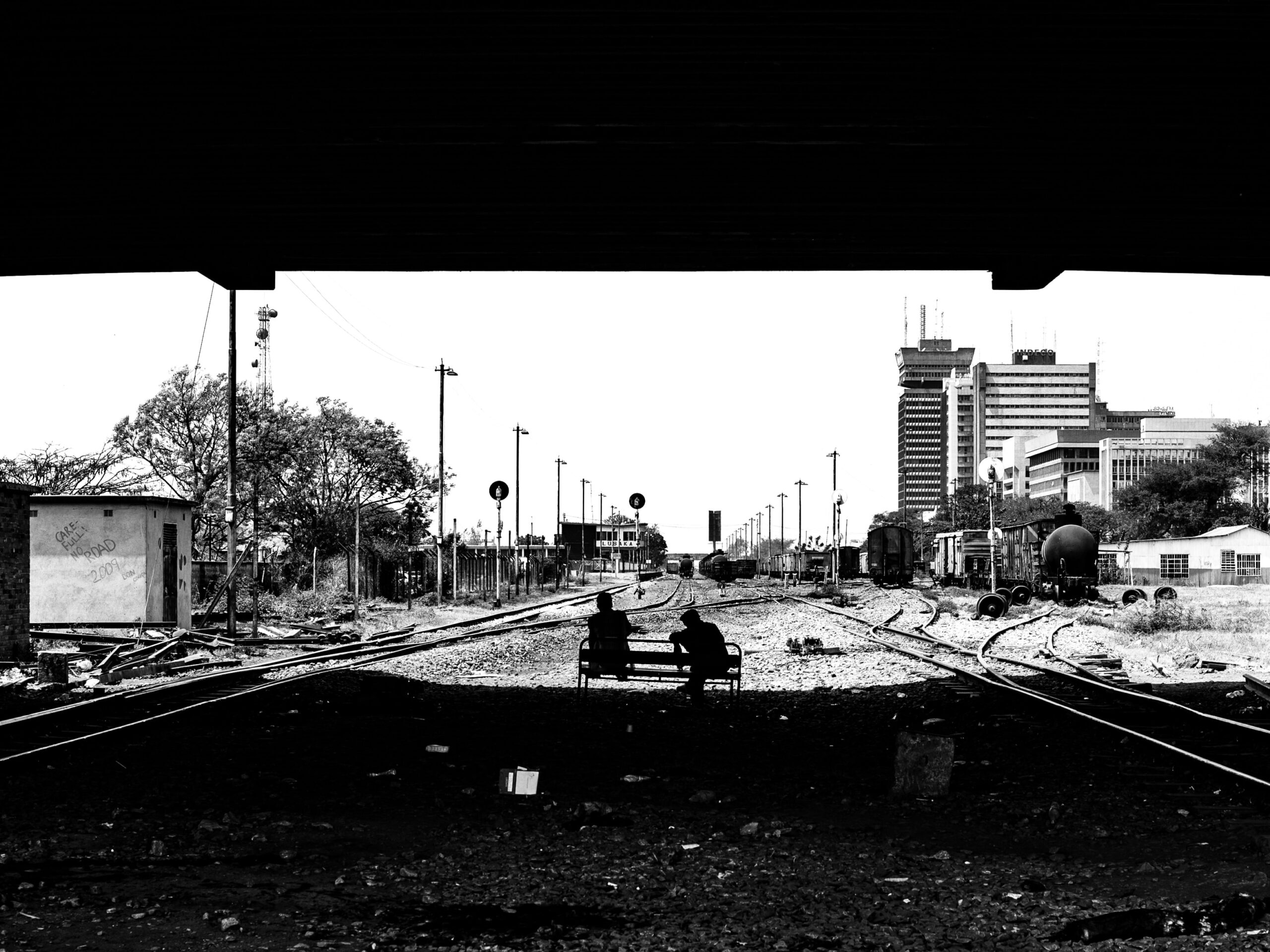Using digital stories for inclusive climate resilient transport in Zambia

SEI Urban Toolbox for Liveable Cities Annotation
This case study is part of the SEI Urban Toolbox for Liveable Cities which has been developed by the SEI Initiative on City Health and Wellbeing. The Urban Toolbox is a collection of tools, developed within SEI or in coordination with SEI, aimed at supporting planning and decision-making for improving the health, well-being and resilience of city residents and urban systems more broadly.
This case study demonstrates how Digital Storytelling can be used to share information.
Summary
Digital storytelling was used to help share information and increase the understanding of the impact of a major road junction on the mobility of disadvantaged groups and implications for low carbon mobility.
The Inclusive Climate Resilient Transport Planning in Africa project was funded as part of the UK Foreign, Commonwealth and Development Office (FCDO)’s High Volume Transport (HVT) Applied Research Programme (2020–2022) and was managed DT Global UK.
The research was undertaken by SEI in collaboration with the United Nations Environment Programme’s (UNEP) Share the Road Programme, and the Zambia Road Safety Trust.
Introduction
The majority of trips in Lusaka consist of walking, followed by public transport, and with only 10% trips by car. Despite low car ownership, Lusaka and other Zambian cities are experiencing increasing traffic congestion, road fatalities and poor air quality making it difficult for disadvantaged groups to access economic and educational opportunities. To overcome such challenges and reduce greenhouse gas emissions, cities need to adopt urban planning strategies and transport system interventions that promote a shift to low carbon modes, including efficient public transport, walking, and cycling.
The Zambia Road Safety Trust (ZRST) tested new ways of working with local people to better understand their journeys, the road safety risks they experience, climate change impact and also their ideas on solutions of how to improve local travel.
Methods and Tools
Location
Tokyo Way – Kamwala South, Lusaka, Zambia
This location has been identified as one of the most unsafe road traffic junctions in Lusaka, particularly for a large number school children during their travel to and from school. The junction also affects the safety of other vulnerable road users.
Purpose
This case study assessed the experiences of disadvantaged groups who use the Tokyo Way/Kamwala South road junction. It determined what challenges they face and how these impact their mobility and transport mode choices, especially during different weather conditions. It also examined using creative and participatory methods to gain additional insights to mobility needs of disadvantaged groups to provide a more inclusive transport planning process, and one that also considers future climate change.
Methodology
The case study investigated using Participatory Geographical Information Systems (PGIS) and pop-up creative activities to gain insights into the mobility challenges and needs of disadvantaged road users.
Artworks; streetscape models; digital story-telling and photography were used to capture local knowledge and identify co-created solutions and preferences for mobility infrastructure
Outcomes and Impacts
Feedback from stakeholders helped identify the key problems of road safety and climate change in this area which were communicated to Lusaka City Council and other central government agencies responsible for transport planning. This also provided the evidence to support the development of theGuidance Document (available in English and French) to promote inclusive climate resilient transport in African cities.
Related resources
- Inclusive climate-resilient transport in Africa
- Digital Storytelling Tool
- Using creative participatory approaches for inclusive climate resilient transport in Africa: Guidelines for practitioners
- Using creative participatory approaches for inclusive climate resilient transport in Africa. (YouTube Video)
- Storytelling for real: how voices of vulnerable road users can be heard
- Assessing Inequalities in Wellbeing at a Neighbourhood Scale in Low-Middle-Income-Country Secondary Cities and Their Implication
- Using digital stories for inclusive climate resilient transport in Uganda
(0) Comments
There is no content